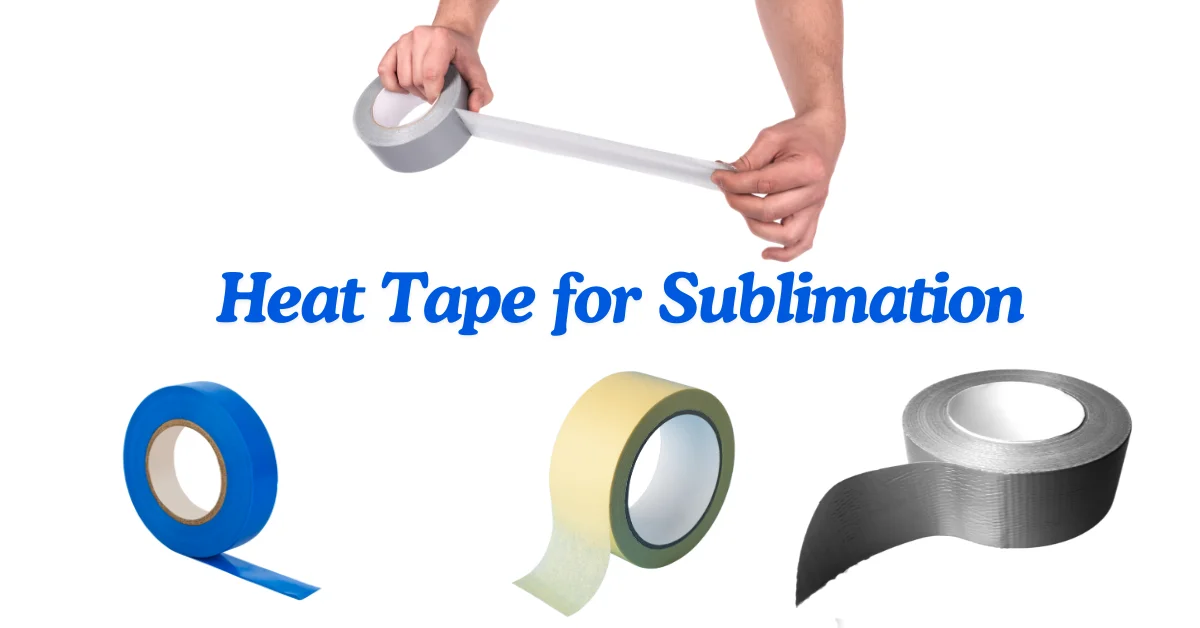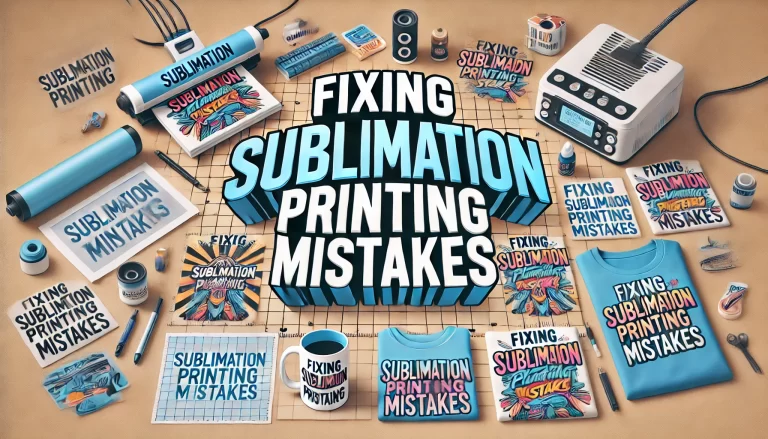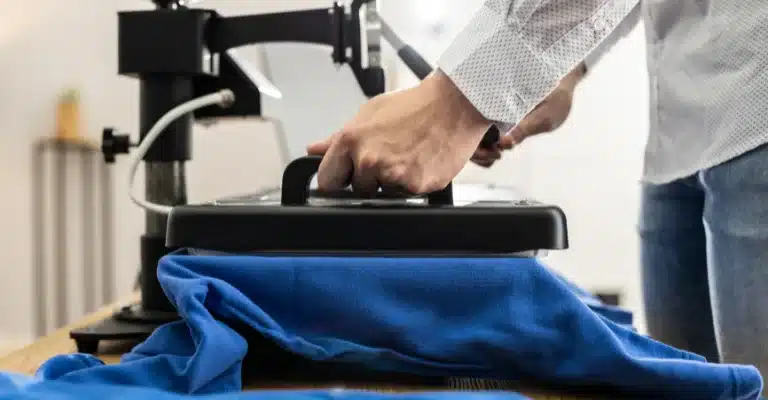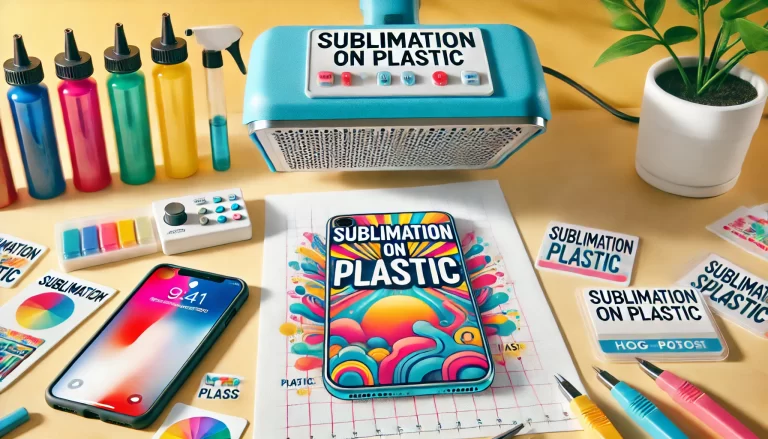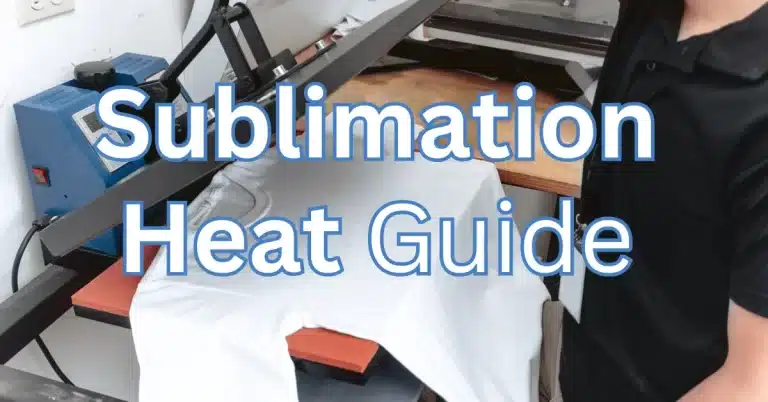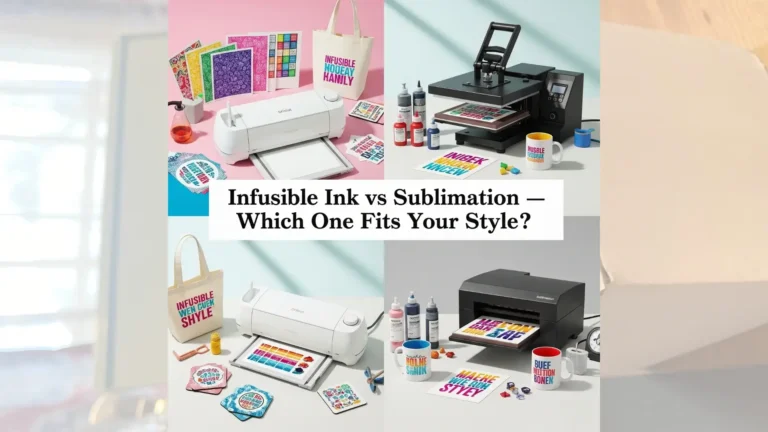How I Found the Perfect Alternatives to Heat Tape for Sublimation
Heat tape often causes shifting, marks, or weak hold during sublimation printing. I tested several alternatives like silicone sheets and thermal sprays to fix these issues. This guide shares what worked best to improve results and simplify your workflow.
1. Silicone Sheets
One of my favorite alternatives to heat tape. These sheets can handle high temperatures and keep everything in place during pressing.
- How to Use: Simply place the silicone sheet over your sublimation transfer. It acts as a barrier, ensuring the transfer doesn’t move.
- Pros: They are reusable, durable, and non-stick. They are a reliable option that you can use multiple times without wear and tear.
- Cons: They can be a bit more expensive upfront than heat tape, but their durability makes them cost-effective in the long run.
The extra cost was worth it because I reduced the number of misprints in my projects.
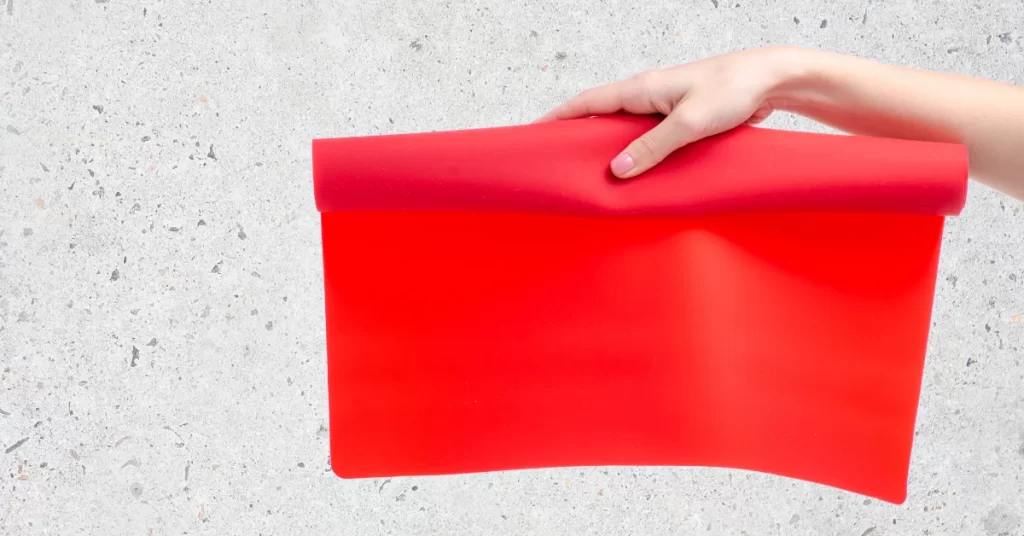
2. Thermal Adhesive Spray
I came across a fantastic option to ensure the safety of sublimation transfers. Thermal adhesive spray is made to withstand high temperatures, guaranteeing that your transfer stays in place during the heat press process.
- How to Use: Lightly spray the adhesive on the back of the transfer paper before pressing. Make sure to use it in a well-ventilated area to avoid inhaling fumes.
- Pros: Easy to apply and provides even coverage. It’s particularly useful for larger designs where heat tape might not be sufficient.
- The cons are that it can be messy and require careful handling to avoid overspray. Additionally, due to the fumes, it may need ventilation.
A thermal adhesive spray made my sublimation process quicker and more efficient, especially when working with large or intricate designs.
3. High-Temperature Resistant Clips
Another useful alternative to heat tape is high-temperature resistant clips. Your sublimation transfer can be held in place without shifting, even in high heat.
Provided a reliable and hassle-free way to secure transfers that revolutionized smaller, more straightforward projects.
- How to Use: Clip the edges to secure the transfer paper before pressing. Ensure the clips are positioned in areas that won’t interfere with your design.
- Pros: Reusable and easy to apply. They provide a stronghold and are great for consistent results.
- Cons: They may not work well with larger designs or complex shapes, as they might only secure the edges. Also, some clips can be bulky and leave marks if not used carefully.
4. Heat Resistant Tape Alternatives
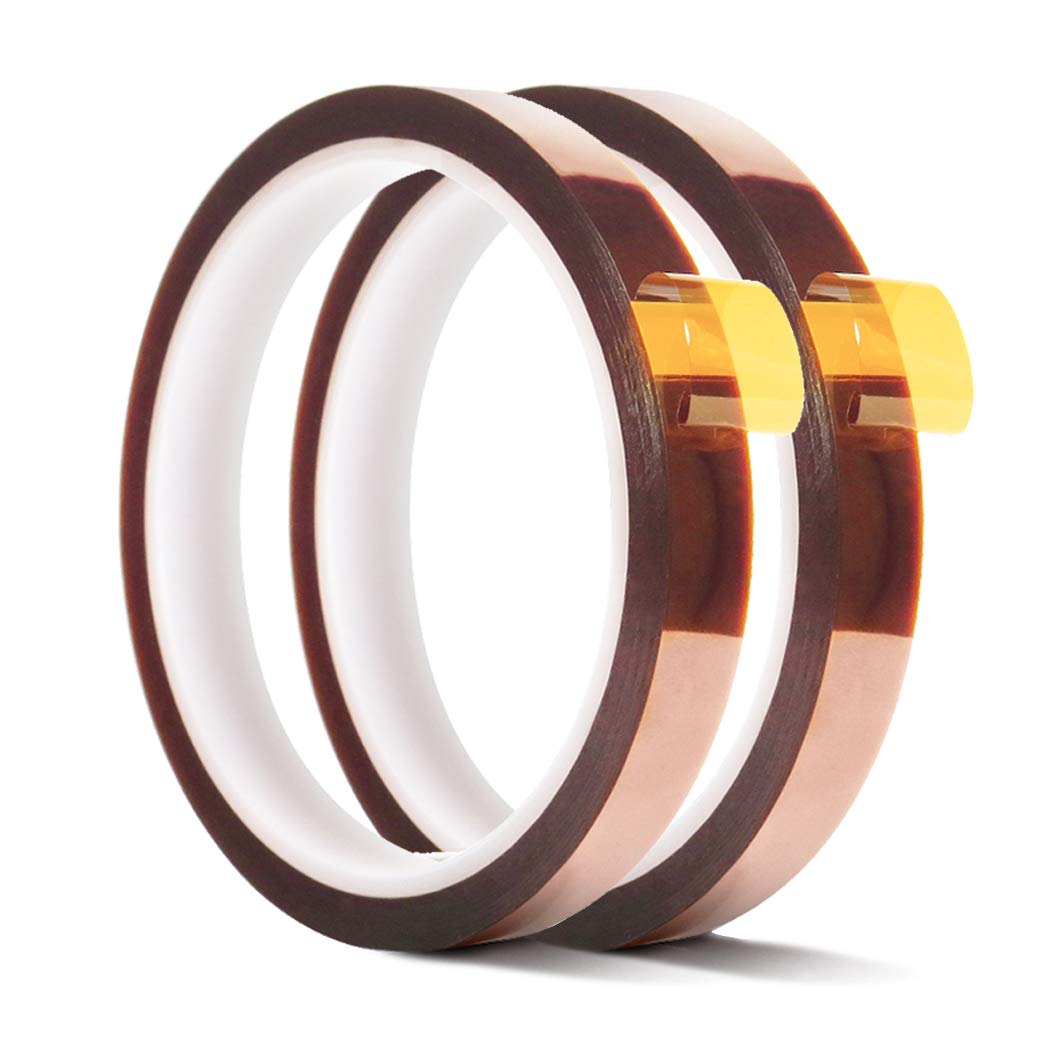
Various heat-resistant tapes, like Kapton tape, can be used as alternatives to traditional heat tape. These tapes are designed to withstand high temperatures and provide a secure hold.
- How to Use: Apply the tape to the edges of your sublimation transfer, just as regular heat tape. Ensure that the tape is firmly pressed to prevent movement during pressing.
- Pros: They are readily available and effective. They provide a strong hold and can be used for various sizes and shapes transfers.
- Cons: To prevent any issues, it’s important to choose a tape that’s specifically designed for high temperatures to avoid any residue on your transfer or heat press.
Provided a reliable solution for many of my sublimation projects, especially when traditional heat tape falls short. Check 2 Rolls 10mm X 33m 108ft Heat Tape for sublimation by EQUTY BAYMERS.
5. Magnetic Sheets
A unique and effective way to secure sublimation transfers. These sheets can hold the transfer paper firmly in place without needing tape or adhesive.
- How to Use: Place the magnetic sheet over your sublimation transfer, ensuring it covers the entire area to be pressed. The magnetic force will keep the transfer paper from shifting.
- Pros: They are reusable, provide a strong and uniform hold, and eliminate the risk of residue or marks. They are particularly useful for flat, rigid surfaces.
- Cons: Magnetic sheets can be heavy and unsuitable for all heat presses. They also require careful handling to ensure they don’t interfere with the design.
For my sublimation projects, magnetic sheets are a reliable alternative, particularly when working with flat materials like metal panels or ceramic tiles. Their consistent hold makes the pressing process smoother and more efficient.
Heat Tape Versus Heating Cable
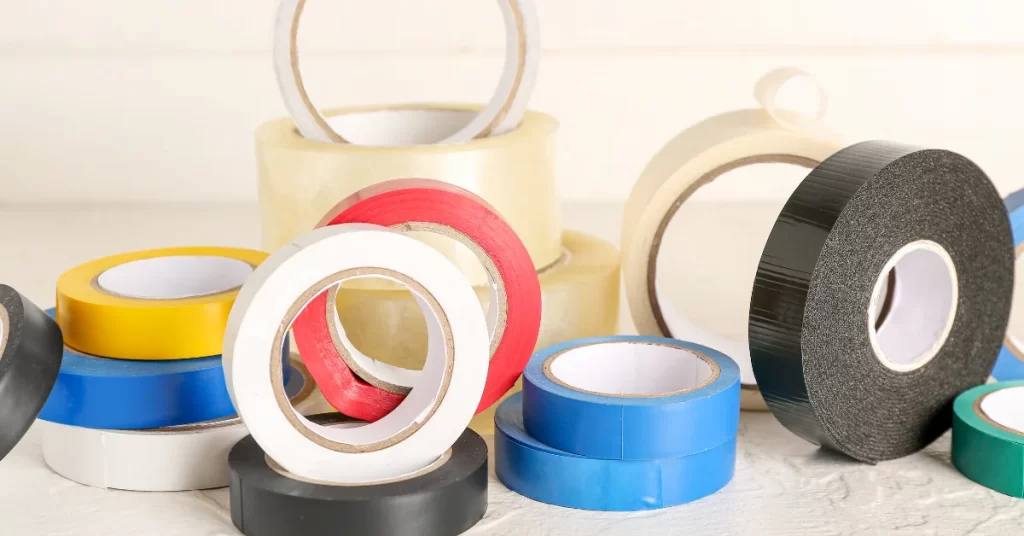
Heat tape and heating cable are two common choices when considering options for maintaining the right temperature in sublimation printing or other applications. Both have their unique advantages and uses. Here’s a comparison to help you decide which might suit your needs.
Heat Tape
- Description: Heat tape is an adhesive tape that heats up when powered. It’s often used to prevent pipes from freezing or to maintain temperature in various applications.
- Advantages:
- Ease of Use: Simply apply it where needed and secure it with its adhesive backing.
- Flexible Application: It can be used on irregular surfaces and is easily cut to size.
- Widely Available: Readily available at most hardware stores and online.
- Disadvantages:
- Surface Limitations: Best suited for flat, even surfaces. May not adhere well to rough or uneven areas.
- Potential Residue: It can leave adhesive residue behind, which might require cleaning.
Heating Cable
- Description: A heating cable is a long, flexible wire that heats up when electricity flows through it. It is used in various heating applications, including pipe insulation and frost prevention.
- Advantages:
- Versatility: Can be wrapped around various shapes and surfaces, providing consistent heat coverage.
- Durable: Generally more durable and resistant to damage compared to heat tape.
- Control: Often comes with a built-in thermostat or can be connected to one, allowing for more precise temperature control.
- Disadvantages:
- Installation Complexity: Installation can be more involved compared to heat tape, as it may require wrapping or securing with additional materials.
- Cost: Typically more expensive than heat tape, both in the initial purchase and installation.
Heat Tape vs. Heating Cable Comparison
|
Feature |
Heat Tape |
Heating Cable |
|---|---|---|
|
Description |
Adhesive tape that heats up when powered. Ideal for flat surfaces. |
Flexible wire that heats up when powered. Suitable for wrapping. |
|
Ease of Use |
Easy to apply with adhesive backing. |
More complex installation; may require securing materials. |
|
Application |
Best for flat, even surfaces; less effective on rough or uneven areas. |
Versatile; wraps around various shapes and surfaces. |
|
Durability |
Less durable; may wear down over time. |
More durable and resistant to damage. |
|
Control |
Minimal control options; often lacks thermostats. |
Often includes or supports thermostats for precise control. |
|
Residue |
May leave adhesive residue requiring cleanup. |
No adhesive, so residue isn’t an issue. |
|
Cost |
Lower initial cost; generally more affordable. |
Higher cost for both purchase and installation. |
|
Availability |
Widely available in hardware stores and online. |
Available but less common than heat tape. |
alternatives to heat tape for sublimation tumblers
When choosing, remember to think about the shape and size of your tumbler, the type of transfer paper you’re using, and your personal preferences. It’s important to choose the option that fits your needs because each one has its own advantages and disadvantages.

We are going to discuss five options for sublimation tumblers:
- High-Temperature Masking Tape: Designed to withstand high temperatures without melting or leaving residue. It’s readily available and can be a cost-effective option.
- Reusable Silicone Strips: Heat-resistant, non-stick, and can be reused multiple times. They’re easy to apply and remove, making them a convenient option.
- Magnetic Clamps: Magnets can be used to secure the transfer paper in place, especially for cylindrical items such as tumblers and mugs.
- Heat-Resistant Foam or Felt Pads: Used to apply pressure and hold the transfer paper in place, especially for flat surfaces.
- Polyester or Polyimide Tapes: Effective heat-resistant options that don’t melt or leave residue. They’re particularly suited for sublimation processes.
Extra tips:
- Ensure the alternative is heat-resistant: It should be able to withstand the high temperatures of the sublimation process without melting, burning, or leaving residue.
- Consider the shape of the tumbler: For cylindrical tumblers, options like silicone strips or magnetic clamps might be more suitable than flat tapes or pads.
- Test the alternative before using it on a final product: This will help you ensure it provides a clean and precise image transfer without damaging the tumbler or leaving residue.
Remember, the best alternative to heat tape is the one that works best for you and your specific sublimation projects. Don’t be afraid to experiment with different options to find the one you prefer.
Alternatives to Heat Tape for Preventing Ice Dams
Ice dams can cause significant damage to your home by preventing proper drainage of melting snow and ice from your roof. While heat tape is a common solution, there are several effective alternatives that can help prevent ice dams and keep your roof in good condition. Here are some options to consider:
1. Roof De-Icing Cables
- Description: Roof de-icing cables are similar to heat tape but specifically designed for roofs. They are installed along the roof’s edge to keep water flowing and prevent ice buildup.
- Advantages:
- Targeted Heating: Designed to address the problem directly where ice dams form.
- Effective: Helps melt ice and prevent dam formation.
- Disadvantages:
- Installation Required: Needs to be installed correctly to be effective.
- Cost: It can be expensive and require professional installation.
2. Gutter Guards
- Description: Gutter guards prevent leaves and debris from clogging your gutters, which can contribute to ice dam formation.
- Advantages:
- Prevents Blockages: Keeps gutters clear, allowing water to flow freely.
- Reduces Maintenance: Less frequent gutter cleaning is needed.
- Disadvantages:
- Not a Complete Solution: Does not address the heat loss issue from the roof, which is also a key factor in ice dam formation.
3. Proper Insulation and Ventilation
- Description: Ensuring proper insulation and ventilation in your attic can help prevent the conditions that lead to ice dams.
- Advantages:
- Long-Term Solution: Addresses the root cause of ice dams by reducing heat escaping from your home.
- Energy Efficiency: Improves overall energy efficiency and reduces heating costs.
- Disadvantages:
- Initial Cost: May involve significant upfront costs for insulation and ventilation improvements.
- Complexity: Requires assessment and possibly professional installation.
4. Ice and Water Shield
- Description: Ice and water shield is a membrane that can be applied to the roof deck to prevent water from seeping under ice dams.
- Advantages:
- Effective Barrier: Provides an extra layer of protection against water infiltration.
- Durable: Long-lasting and resistant to water damage.
- Disadvantages:
- Installation: Requires professional installation, especially if applied to existing roofs.
5. Snow Removal Tools
- Description: Special snow removal tools designed for roofs can help reduce the amount of snow and ice on your roof, thus minimizing the risk of ice dams.
- Advantages:
- Immediate Effect: Helps to remove snow and ice buildup quickly.
- Cost-Effective: Often less expensive than other solutions.
- Disadvantages:
- Manual Effort: Requires physical effort and may not be practical for all users.
- Safety Concerns: Using snow removal tools on a roof can be dangerous if proper safety measures are not followed.
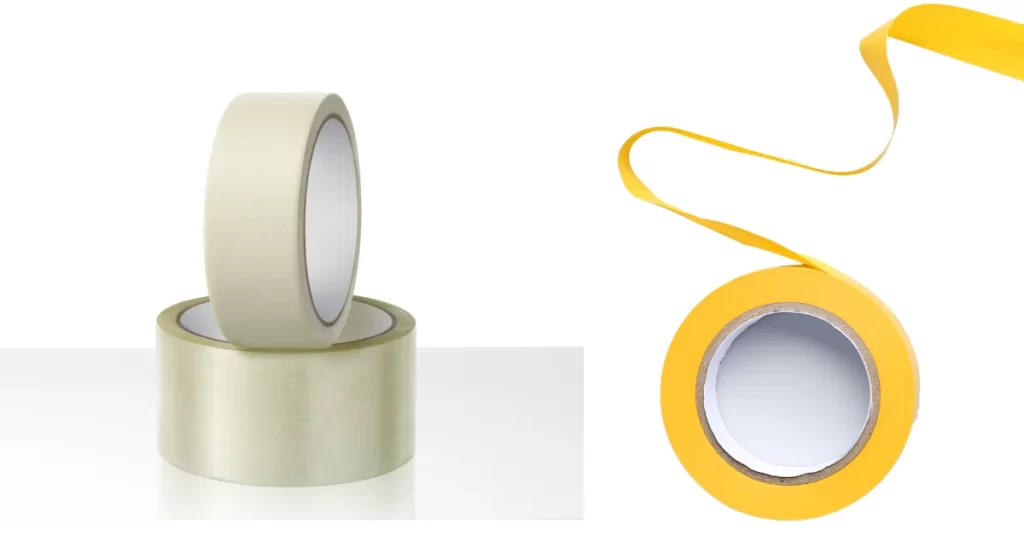
Check out here more about Sublimation vs Heat Transfer:What’s the Difference?
FAQs
Feel free to try these alternatives and see which works best for your sublimation needs. For more tips and insights on sublimation and creative projects, visit Subli Genius Print.
